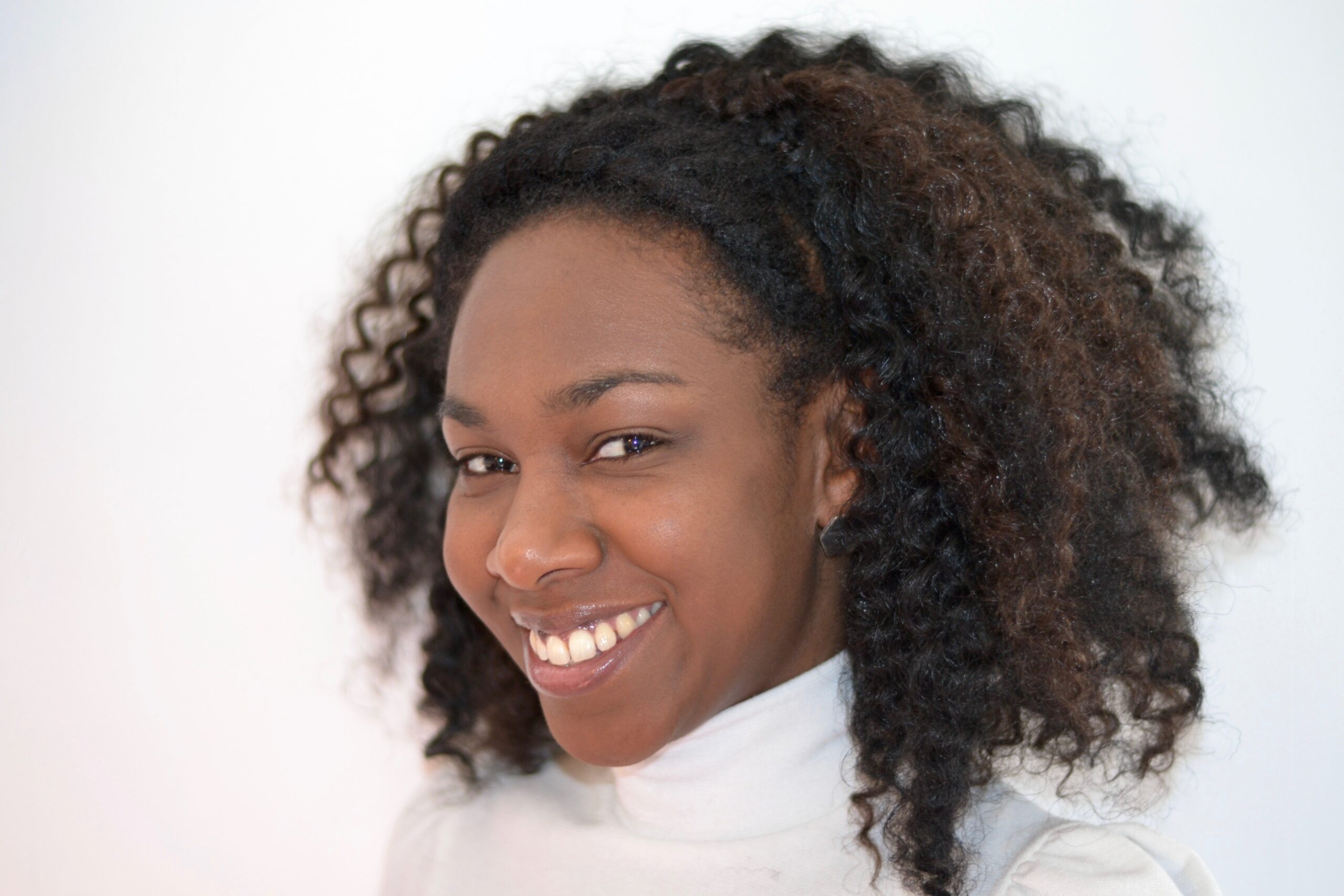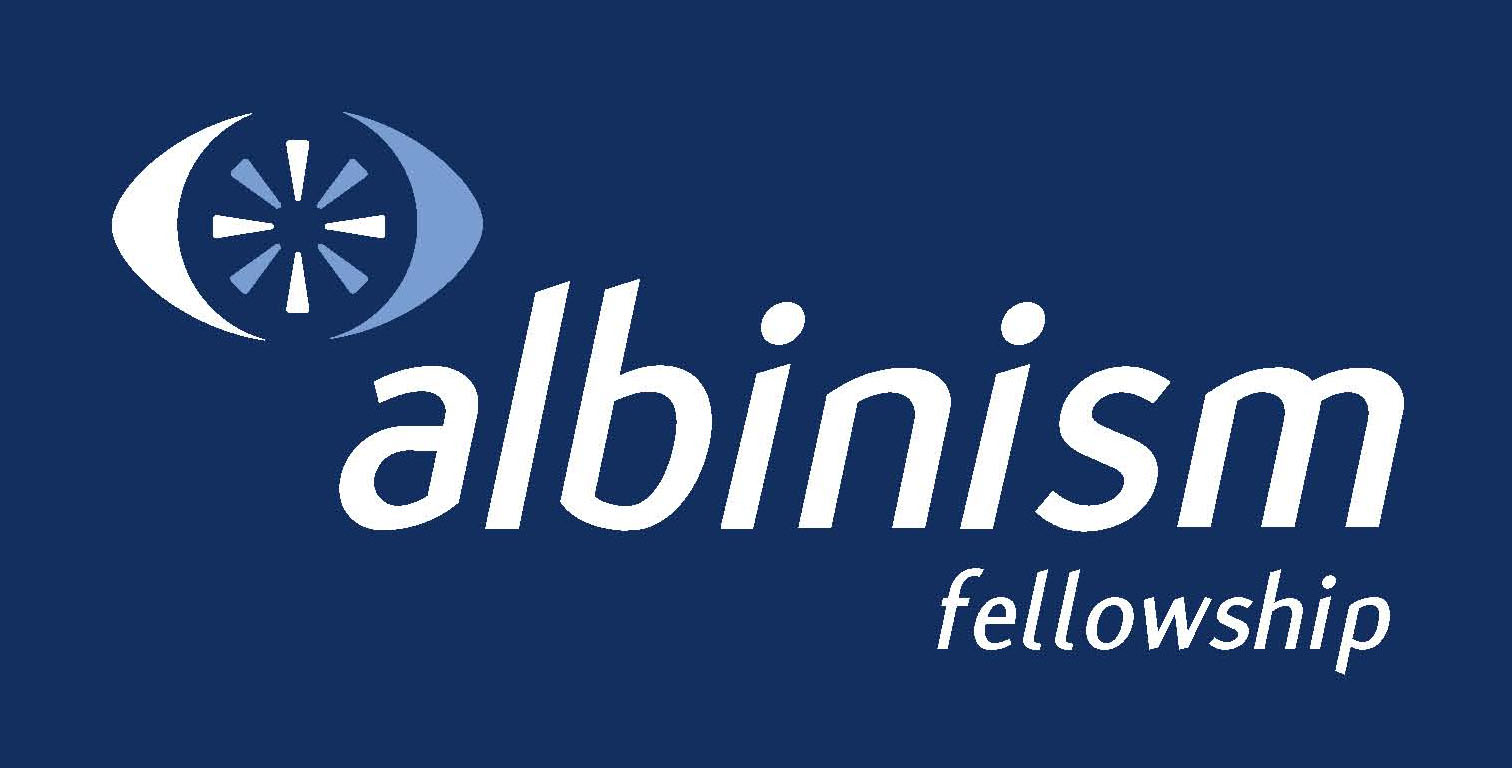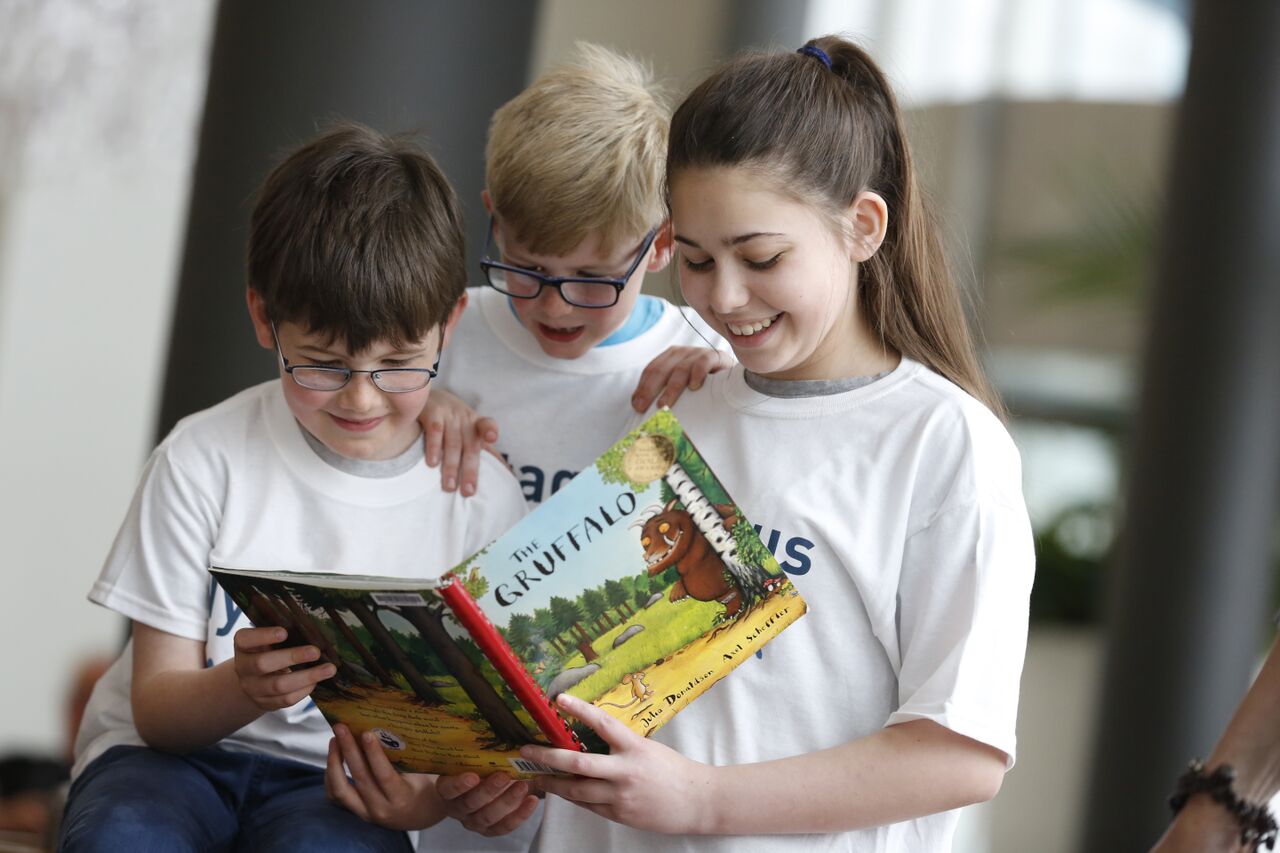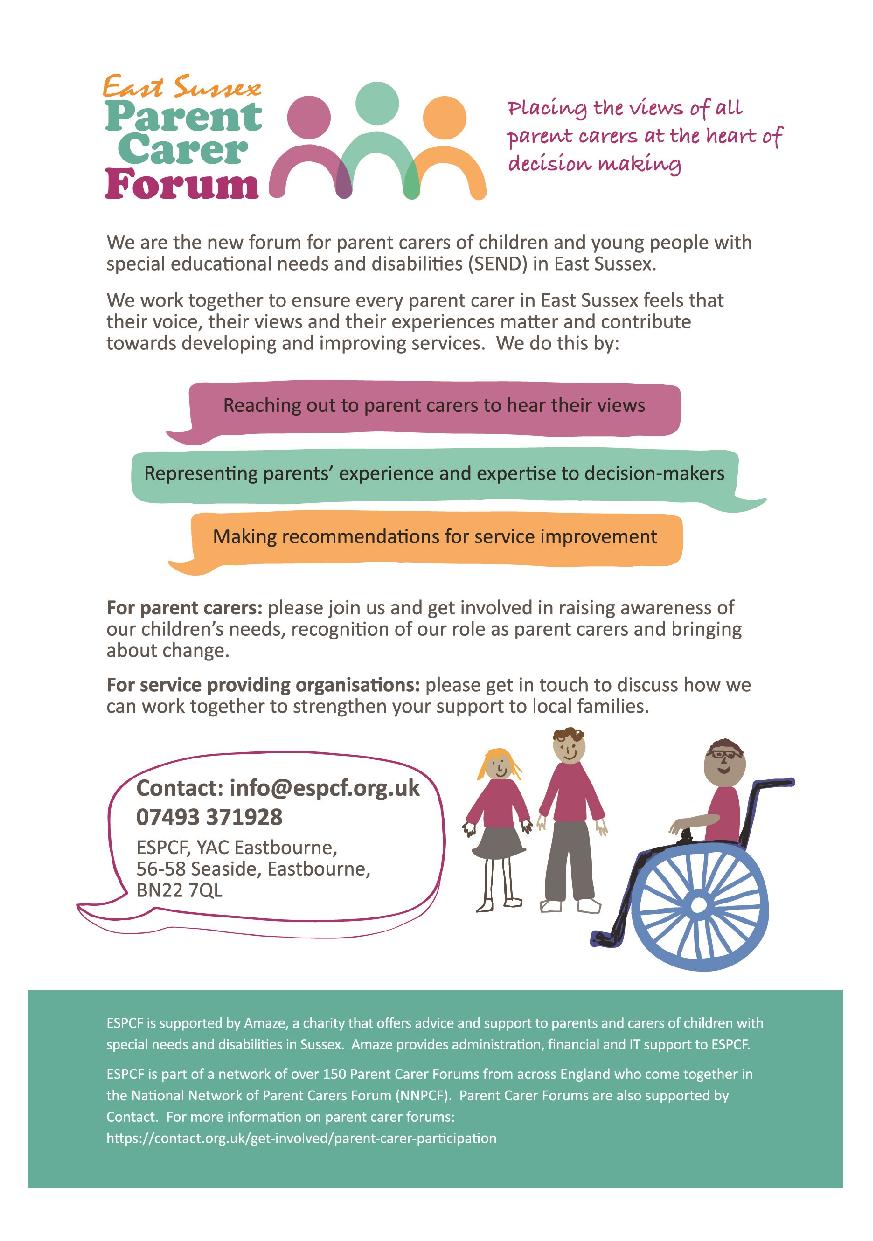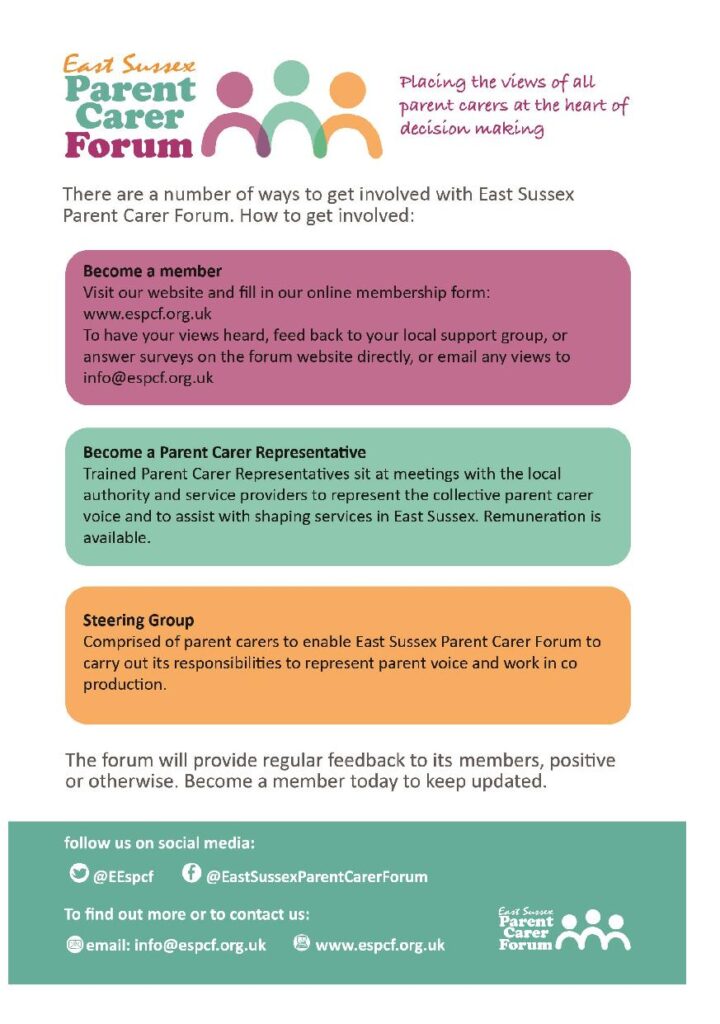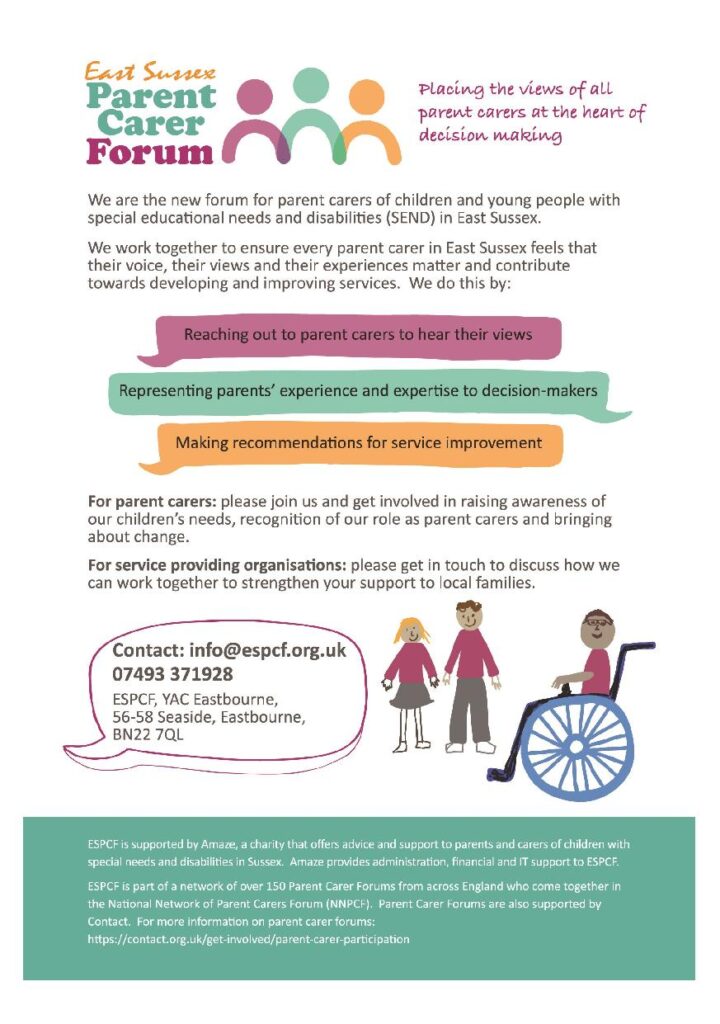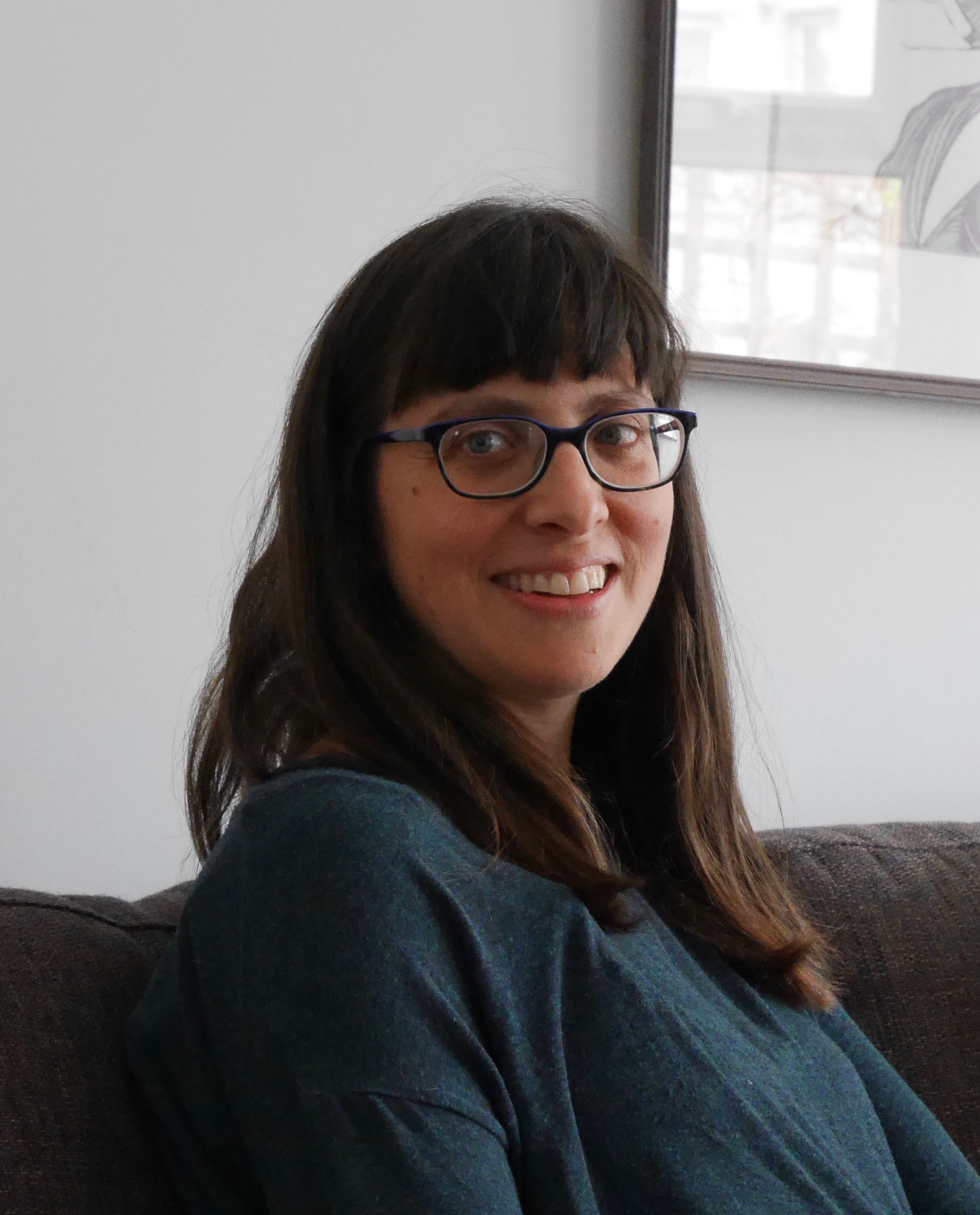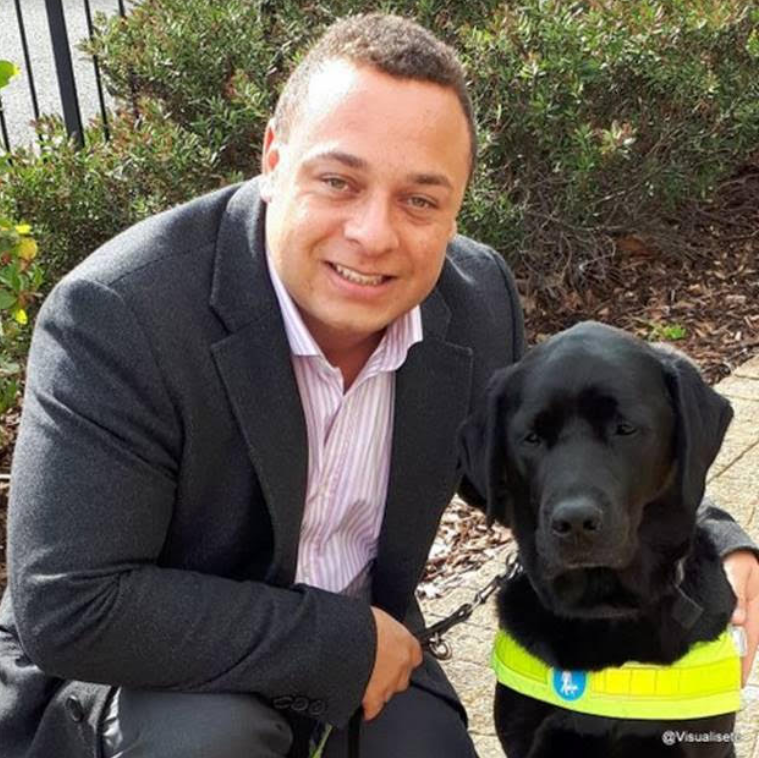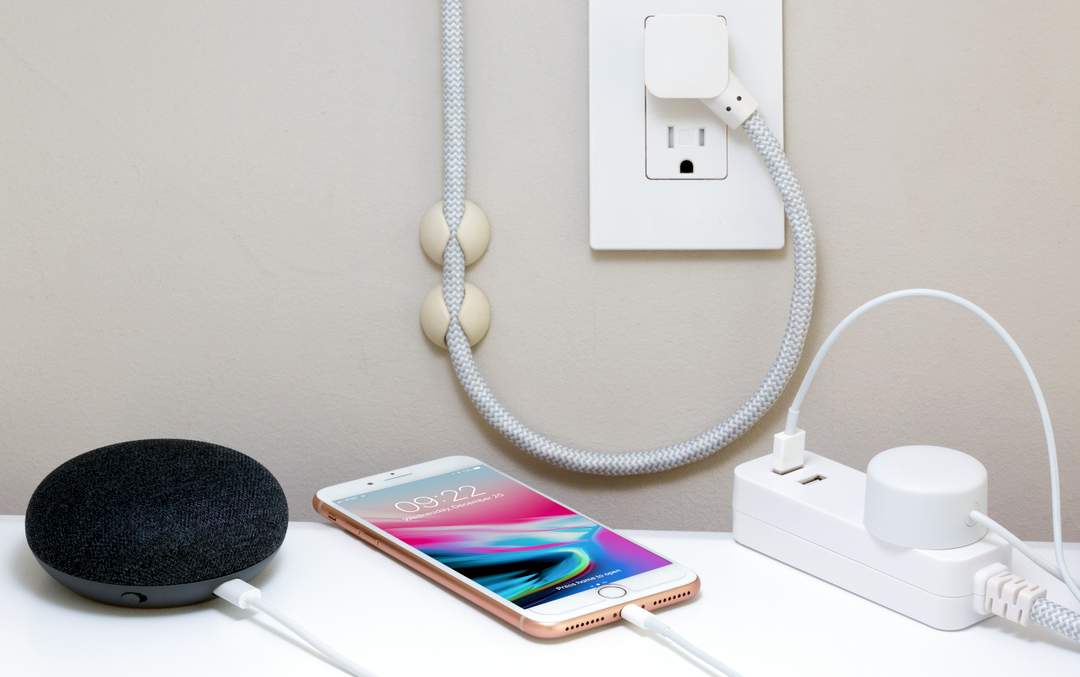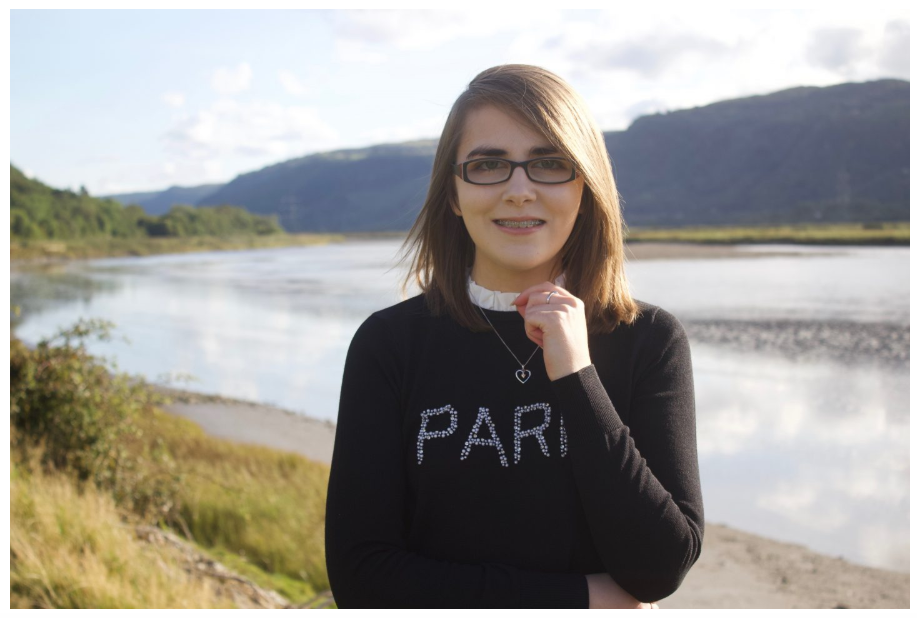GUEST POST by Elin
I’ve always had an
honest approach when it comes to writing about sight loss. If you scour through
my blog’s archives, you’ll find posts on anxiety, loneliness, bullying and the
misconceptions, just to name a few. I think that the fact I’ve offered a window
view into these strands of my life is testament to that honesty. The window is
very much open.
I often have
unfollowed threads of thoughts floating around in my mind and so today I want
to weave some of those together in order to muster a post about some of the
things that haven’t made it into the spotlight on here, yet.
So it’s happening:
I’m plucking up the courage to talk you through some of those thoughts, my
untold truths, because not only will it help me to get them out of my system to
some extent, I hope it means that I’m able to capture some of the unspoken
realities of life with sight loss.
But of course, this
is only a reflection of my own experiences and not a representation of everyone
living with sight loss so please do bear that in mind. However, if you can
relate, don’t hesitate to reach out, maybe we can be each others’ virtual
shoulder.
Now, after a
slightly longer introduction than I anticipated, let’s get into the nitty
gritty of today’s topic, shall we?
Oh and apologies in
advance if this doesn’t follow any particular structure, it’s very much a
‘think about it, write it’ kind of post so please bear with me.
THE UNTOLD TRUTHS
As the freshness of
autumn lingers in the air, I’m sure we’re all looking back on summer with a
longing feeling for all those times spent with family and friends, the memories
we’ve captured and stored away in a happiness filled arena in the corner of our
minds.
I’ve had some
amazing moments this summer but some of which have been shadowed by my
disability, inviting a variety of previously unexplored feelings whilst also
igniting emotions and anxieties that I know all too well.
Let me talk you
through a scenario; it’s 3am and I find myself drifting in and out of sleep,
once I start sinking into an unconscious, peaceful landscape, a sudden thought
catapults me into an awoken state again and I’m met with many unanswered
questions to ‘entertain’ my brain during this twilight hour.
The cogs are well
and truly turning and I have to admit defeat to the thoughts that rally around.
I had been
somewhere the night before, setting out with a hopeful mindset for a good time.
And I think everyone did, have a good time that is, but as I stood there, being
met with a blurred and increasingly dark canvas, I couldn’t help but let sight
loss dictate how I felt that evening.
Unsure of who was
around me and who we were talking to, I let my mind stray into a pit of urgent
questions, the conceptual ‘Why me?’, ‘Why does this have to be my reality?’ –
questions that inevitably lead to unspoken answers that I might never hear.
I realise that
whenever I’m in this kind of situation, all my anxieties are alerted, the red
light switches to green and all the cars come rushing past with urgency, a rush
I try to ignore but it keeps on coming and I’m left feeling like an outsider,
I’ve let my vision impairment lead me to my own secluded bubble and all I want
is for it to pop so I can feel included like everyone else.
This anxiety often
steers me into a ‘should I or shouldn’t I’ debate when asked to go to a big
gathering, a pub or a party because I know I won’t enjoy the experience as much
as I’d like to.
Not being able to
see those around me or recognise the voices of those I’m talking to when
everywhere is strewn with people, it’s a situation I find to be incredibly
difficult and so the thought is a trigger to so many others that remind me, I
can’t see.
A wave of anxiety
often rushes over me and when it crashes, I let it scupper the enjoyment.
And that means I’m
often there, statue like, feeling slightly cast aside with my own realm of
thoughts, an outsider, looking in on everyone else. Only the lens I’m peering
through is knackered and its focus won’t get any better after a click of the
on/off button.
Now its something
past 3am and the rallying of thoughts continues. The next day, I play tribute
to a quiet mouse, unable to voice the difficulty of the night before.
Dramatic? Maybe,
but a reality I live each time I’m in a big crowd of people. I wanted to
manifest those feelings on here because I think it’s important that people
know.
Saying no to going places as a result of this is something that encourages a whole other pond of thoughts and wonderings. It can spiral into the fear of missing out along with the urge to hunt down Harry Potter, maybe he can cast a spell that can make this go away.
If you’re not a
regular reader then you should know that I’m not usually this negative but I
think it’s important to introduce this side of the story, you can’t get a full
understanding of the book if you don’t read every chapter after all.
Although I’ve
accepted most aspects of my vision impairment, I’ve come to know this feeling
of neglect and sadness, it’s not a constant feeling, an occasional visitor
rather. Usually something dormant but when it creeps forward, it propels me
into a space inhabited with anxieties, the thought of being different and a few
other emotions I don’t usually entertain.
I imagine that I’m
not the only one that slips into this scenario. I’m sure we’re all met with
unwanted spirals of thoughts sometimes, things that explode into a flurry of
light and colours, encouraging another to set off.
This is what has
been happening to me lately and it’s proven to be quite the conundrum.
In the last few
years sight loss, in every facet of its being, has proven to be a long journey
laden with feelings of grief, upset and frustration. I talk about the latter
quite often, the frustration of missing out on the visual aspects of life to
the bitterness of the fact that independence doesn’t always come easily.
But grief – grief –
has been a big part of my journey that I haven’t addressed much before. I think
it deserves a lot more attention now because it’s the root of so many other
feelings that can sometimes drag me down.
I’ve found myself
saying ‘I can’t see that’ and ‘I can’t see you’ a lot more than I used to, it’s
more than certain a daily occurrence and it can be a difficult reality to
comprehend. Those words are reminders of how much has changed. Symbols of, well
sight loss, and how much of my eyesight has faded.
The grief of that
fade has been a struggle in itself. It has always been there and I’ve learned
to exist with it but sometimes it becomes more prominent, creating knots that
I’m not quite sure how to untangle.
That’s why I’m
writing this. Sometimes all those frantic feelings need to be addressed and the
only way I know how to, in the best way, is by writing. What I find to be the
most cathartic of things, something that helps me to express each thought and
to decompress them until the knots aren’t so tight.
The things I’m
mentioning are symptomatic of a little more deterioration in my eyesight so
despite the struggles I’m expressing here now, I know I’ll be able to pull
through. These kind of feelings can filter down to us without invitation and
when they’re too headstrong to be pushed aside, it’s important to acknowledge
them. Without talking or writing about them, the quiet, insidious thoughts can
swell in size, pushing us closer to the edge of defeat so if you’re struggling
with anything right now, no matter how big or small it is, please reach
out.
As my vision
deteriorates, I sense another layer of my world unfolding and it’s hard to know
how to react to it at times. As yet another small percentage of eyesight slips
through my fingers and its impacts sets in, I’m left feeling scared, powerless
in what’s happening.
And this guides us
nicely into the fact that sometimes, there’s apprehension tangled with the
sparse knowledge of what’s to come. It takes a lot of strength to overcome
that. Sometimes that strength falters a little and it’s left weakly clinging
on, like autumn leaves trying to hold on to those last few moments on the
branch.
But that’s it,
nothing is ever going to be plain sailing. Despite having a positive view of my
disability (most of the time, it hasn’t shined through today but it’s still
there, lingering somewhere). I’m still adjusting, still accepting and adapting
aspects of my life to make them accessible to me.
Whilst I’m
committed to a positive outlook, I want to show that there are still negative
moments, difficult times, tricky situations and things that I want to go in the
opposite direction of and avoid completely.
Anxiety, upset and
uncertainty still exists and you know what? That’s ok. It doesn’t matter if we
grow and develop from them, it just matters that we allow ourselves to feel
these things and that we’re able to be honest about how they affect us. Then we
can start focusing on what the next step forward will be.
There is a sea of
people adapting to life with sight loss, adjusting to the harsh realities of
being blind or vision impaired. Some of us might be able to swim better than
others but there are still times when we’re all frantically treading the water
underneath, trying to fight against the current.
That’s only
natural, for anyone.
I guess what I’m
trying to convey today is that life with sight loss can feel restricting
sometimes.
There are times
when I’ve felt my teenage and early adult years have suffered for this
restrictive feeling. Living with sight loss means that I can’t always offer a
‘yes’ when my friends ask me to go out with them because of the anxiety I feel
when in busy places, it means that I can’t be spontaneously independent and go
somewhere without planning ahead and it means that sometimes, just sometimes,
I’m overwhelmed by what impacts it has on my life.
However, and this
is a big however, what it does mean is that I have a different view on life and
I try to use that to my advantage. Despite the negativity, I try to adopt a
positive mindset and that’s something I’m managing to achieve, or so people
tell me. I realise that there is a glimpse of something good or positive in
most situations and I try my best to hold on to that as best as I can.
Sure, sight loss
has meant that my life has unfurled in some cases and there will always be
certain aspects of my disability that I’ll continuously try to adapt to but
having cracked some of the code, there are some things that make more sense.
They’re the glimmers of light that sparkle and from those, we can grow and
adapt to different possibilities.
There
are different lessons to learn during the negative moments and through them,
despite their difficulty, we can witness and adopt a whole new perspective.
Equipping us with something so powerful that we realise we simply weren’t aware
of before.
We’re sometimes
thrown off track in life, unwanted feelings are invited into our minds and it
can be difficult to know how to push them out again. But in time, we begin to
understand the core of each thought and from that we can find the best way of
acknowledging it and moving forward, learning how to navigate back on to the
path.
We’re all entitled
to dedicate some time to becoming accustomed with whatever challenge we face
and to understand the foibles that come alongside them. Difficult moments are
inevitable but when we address them in a way that best suits us, we can cycle
on through and grow along the way.
And breathe…
This, despite it
being thousands of words long, by no means covers each thought but I have
talked through quite a few. Maybe others will sprout up on to the page one day
but for now, this is enough.
Although I haven’t
been the most forthcoming when it comes to sharing about sight loss over the
last month or so, writing about these things today almost feels like a
confrontation to the things that have built up over the last few weeks.
I’ve somehow felt
confined to the narrow parameters of my disability and what consequences that
has for me but now – now – I think I’m finally slowly graduating
back into the mindset that everything will be ok.
Because
ultimately, it will be, even if that knowledge isn’t always clear.
If
you’re still here, reading this, then I raise a glass to you. Thank you for
reading through my flurry of thoughts.
Are
there any elements of what I mentioned today that you struggle with too? I
think it’s important to open the conversation about some of the quieter
subjects relating to sight loss or disability in general so if you have
something you’d like to share, please do get in touch. I for one feel reassured
when I hear that I’m not alone in what I feel and I’m sure others can share my
relief in that too. Let’s break some of the silence surrounding the topics that
deserve to be heard.
Elin x
You can find Elin’s blog, My Blurred World here.


